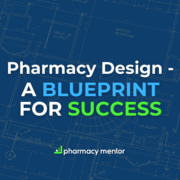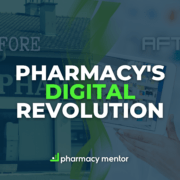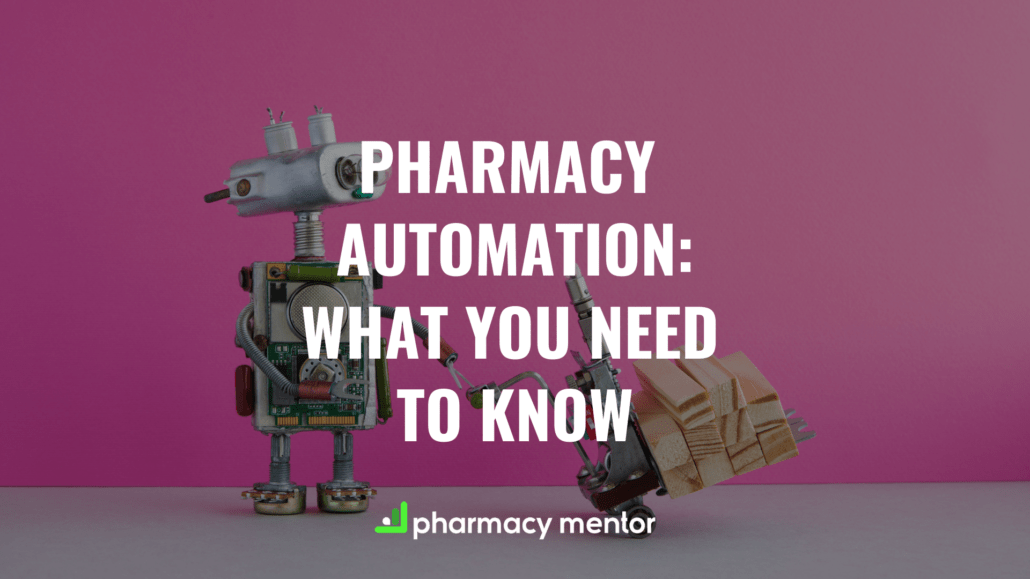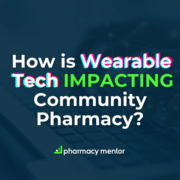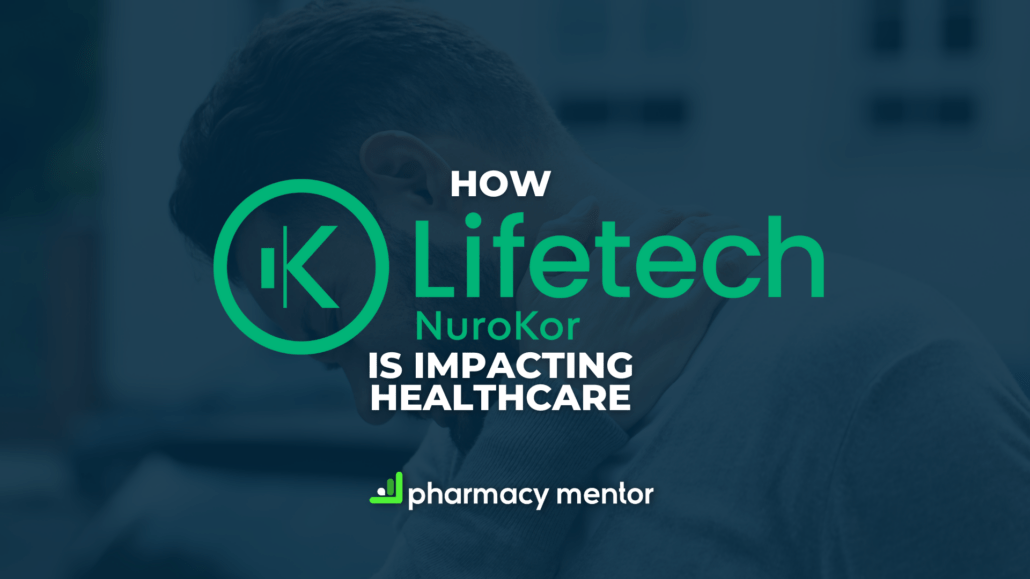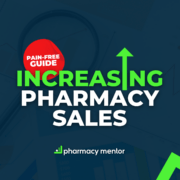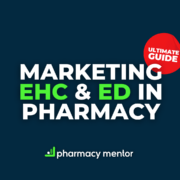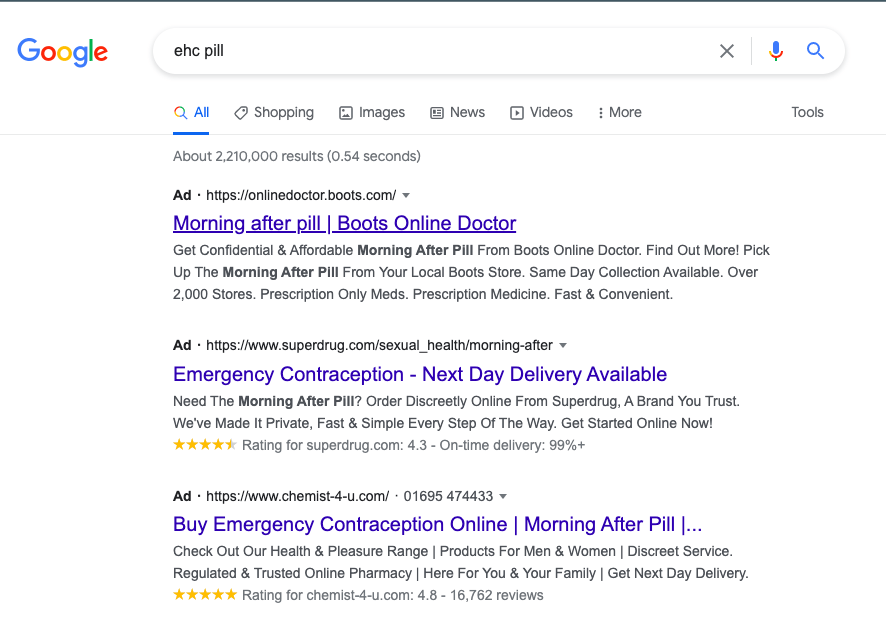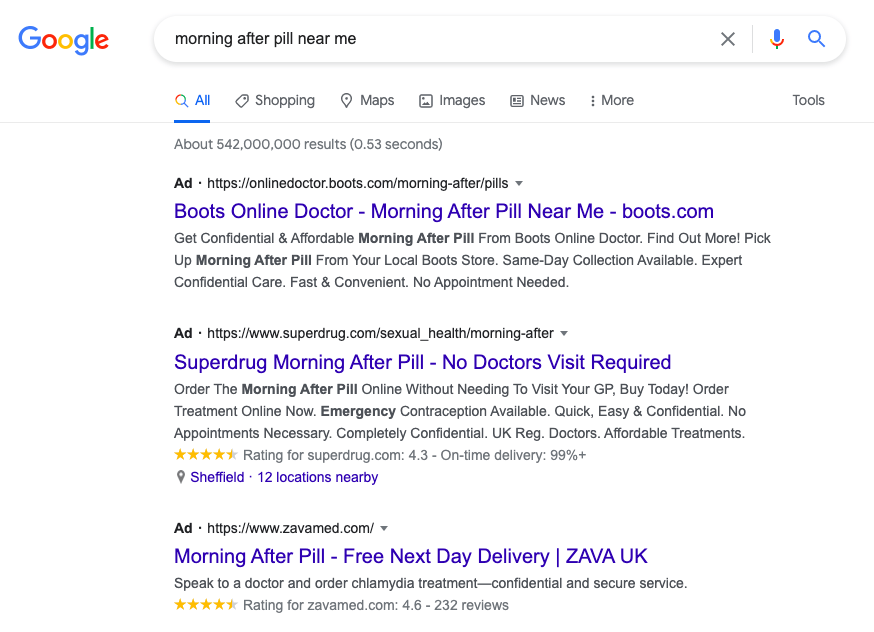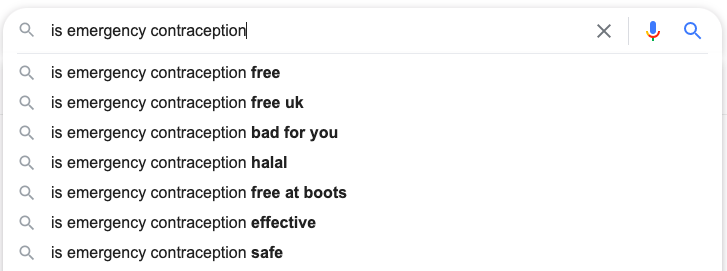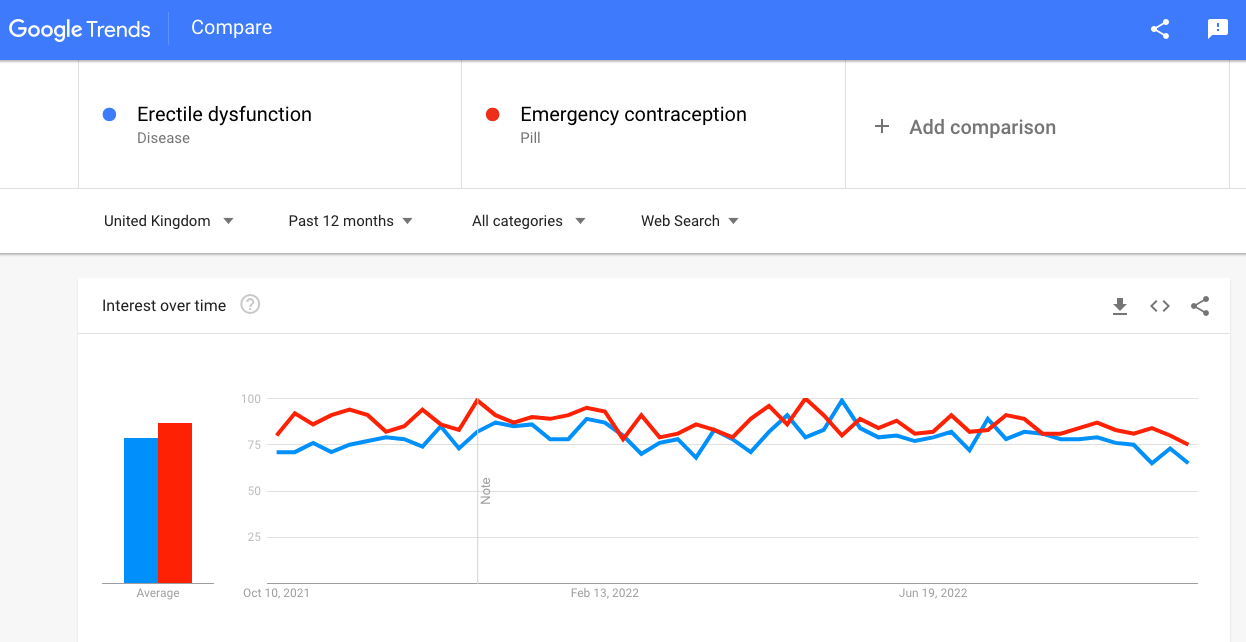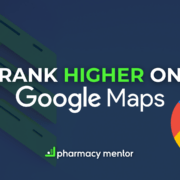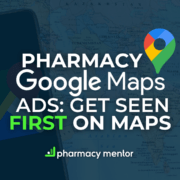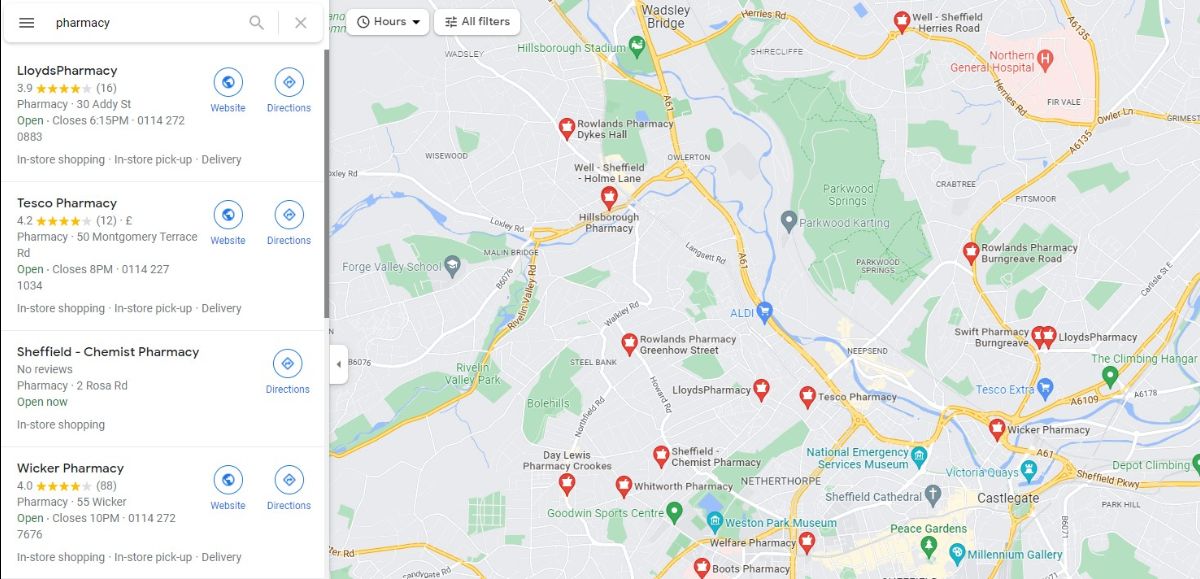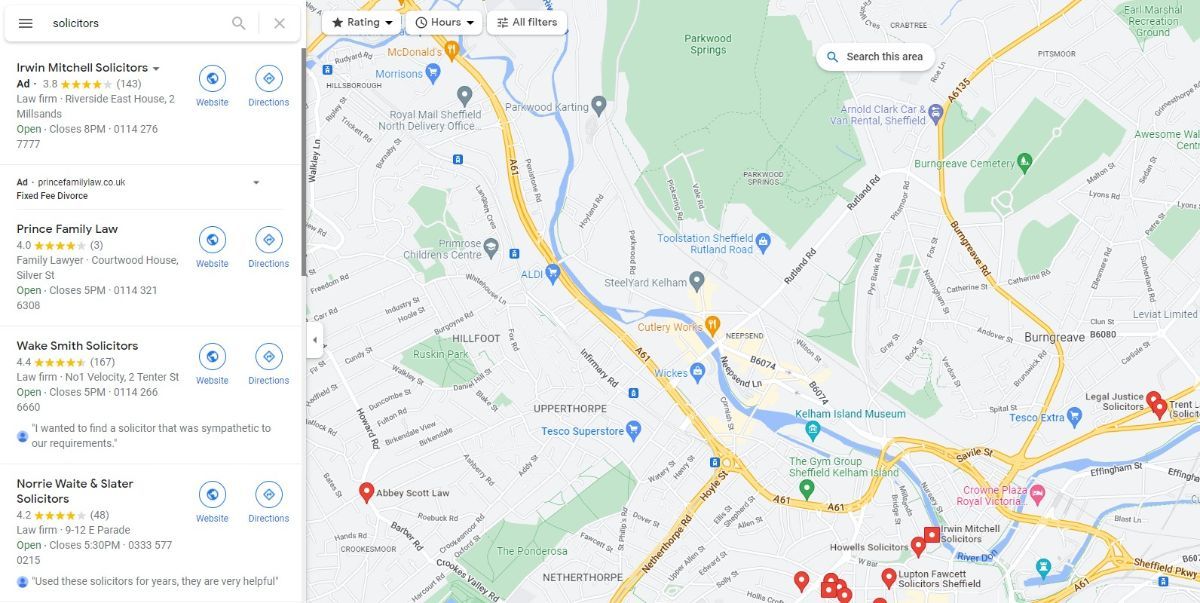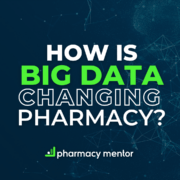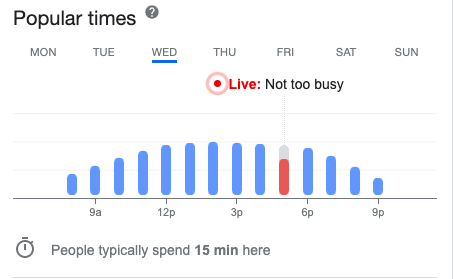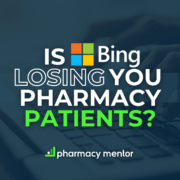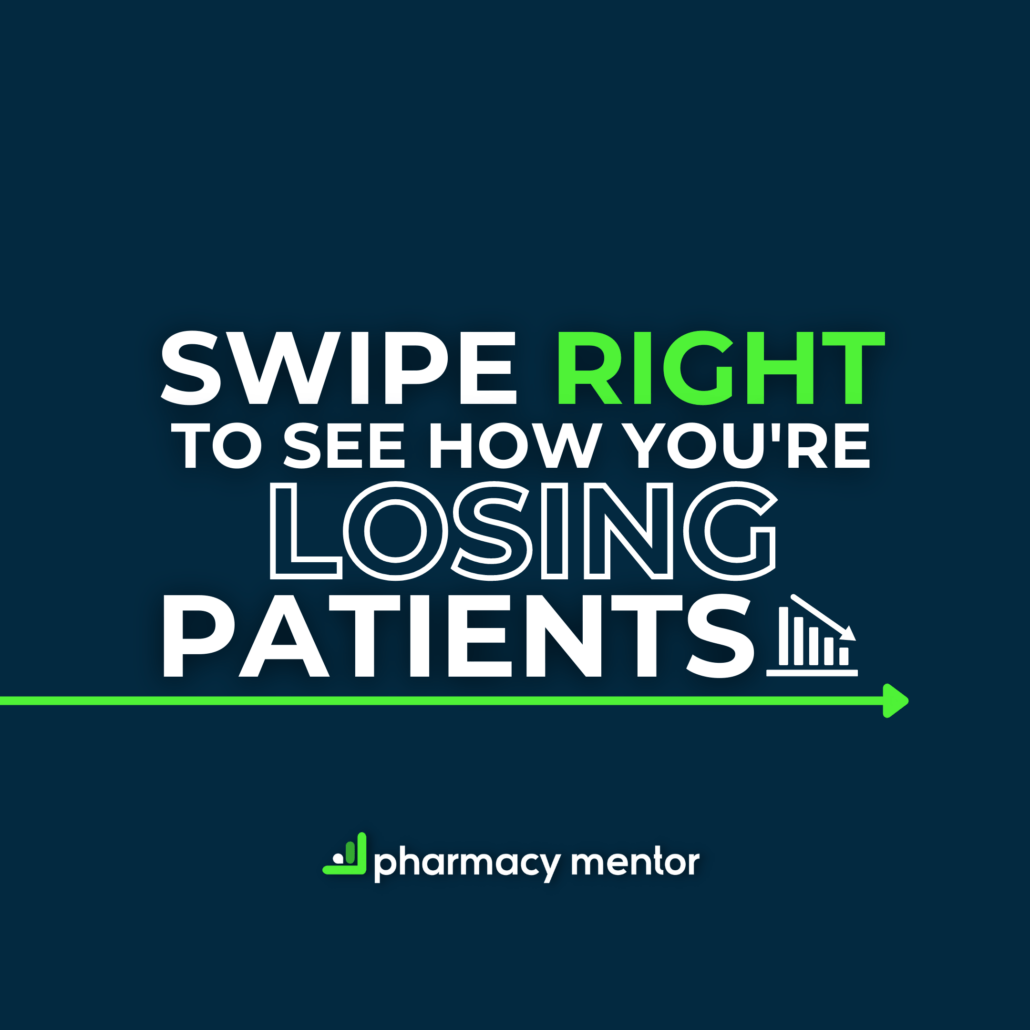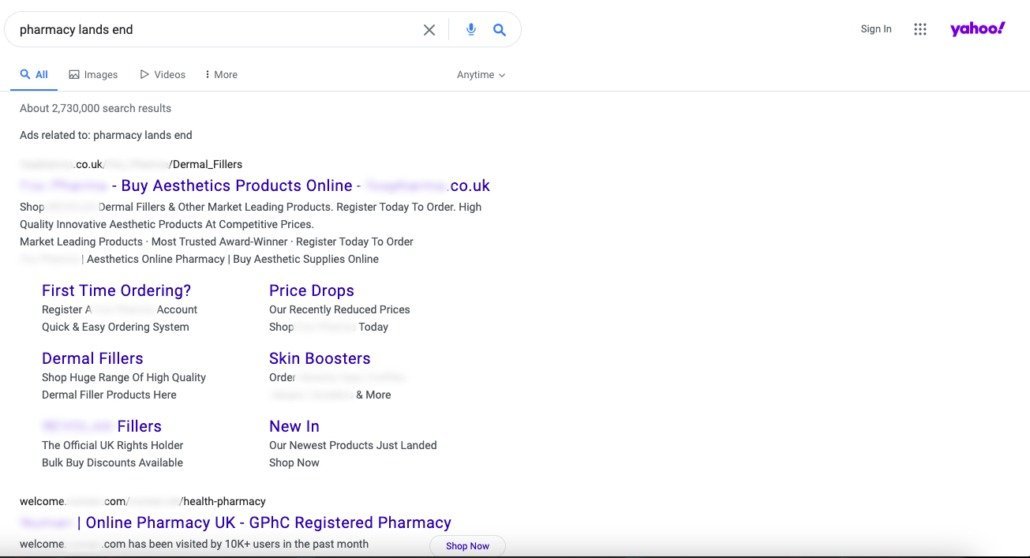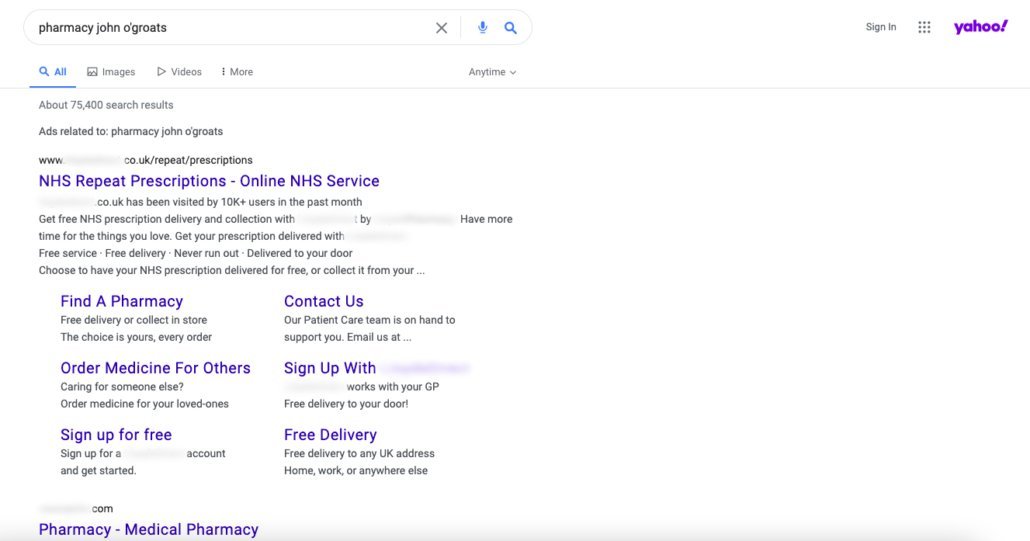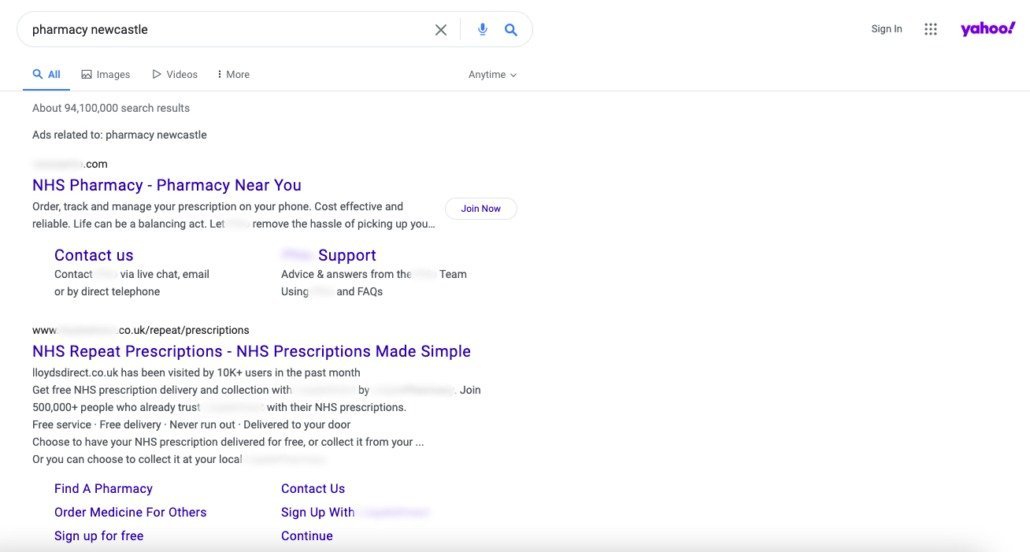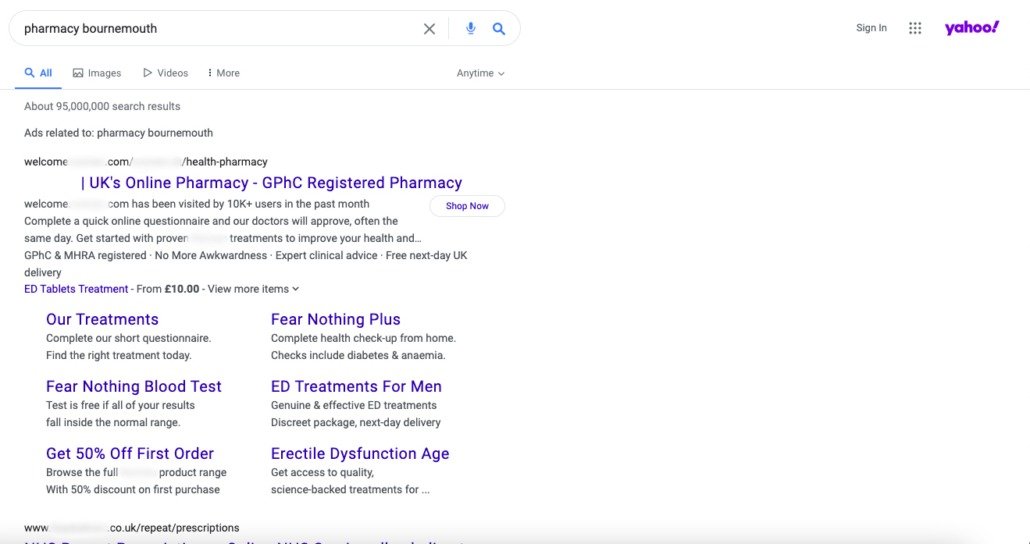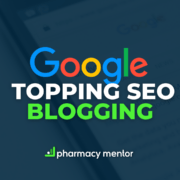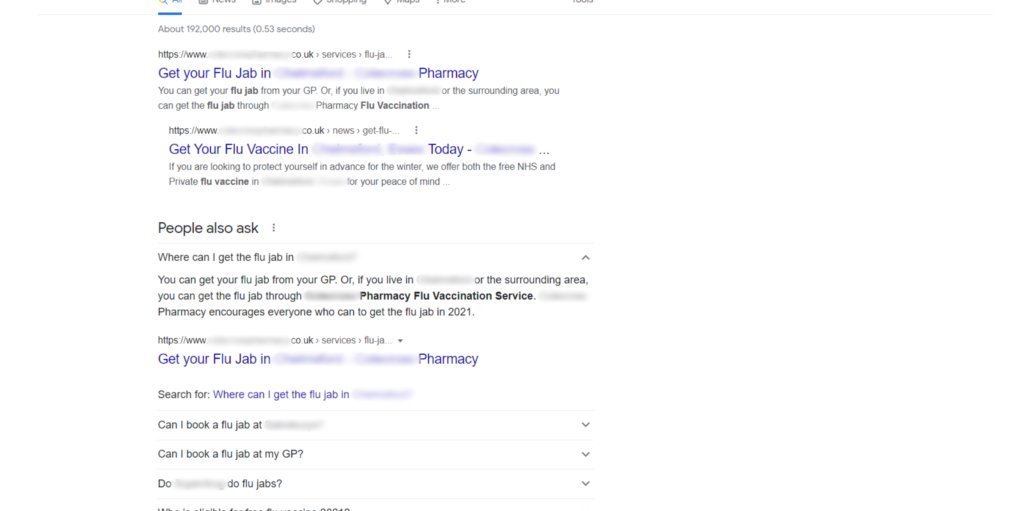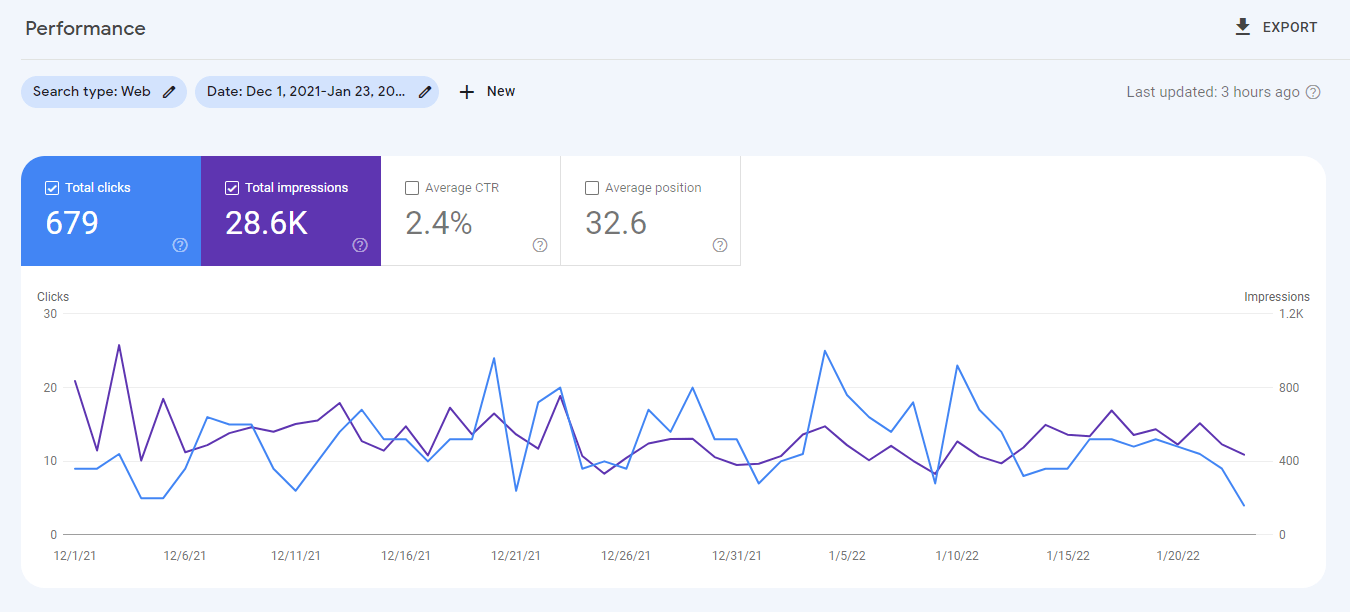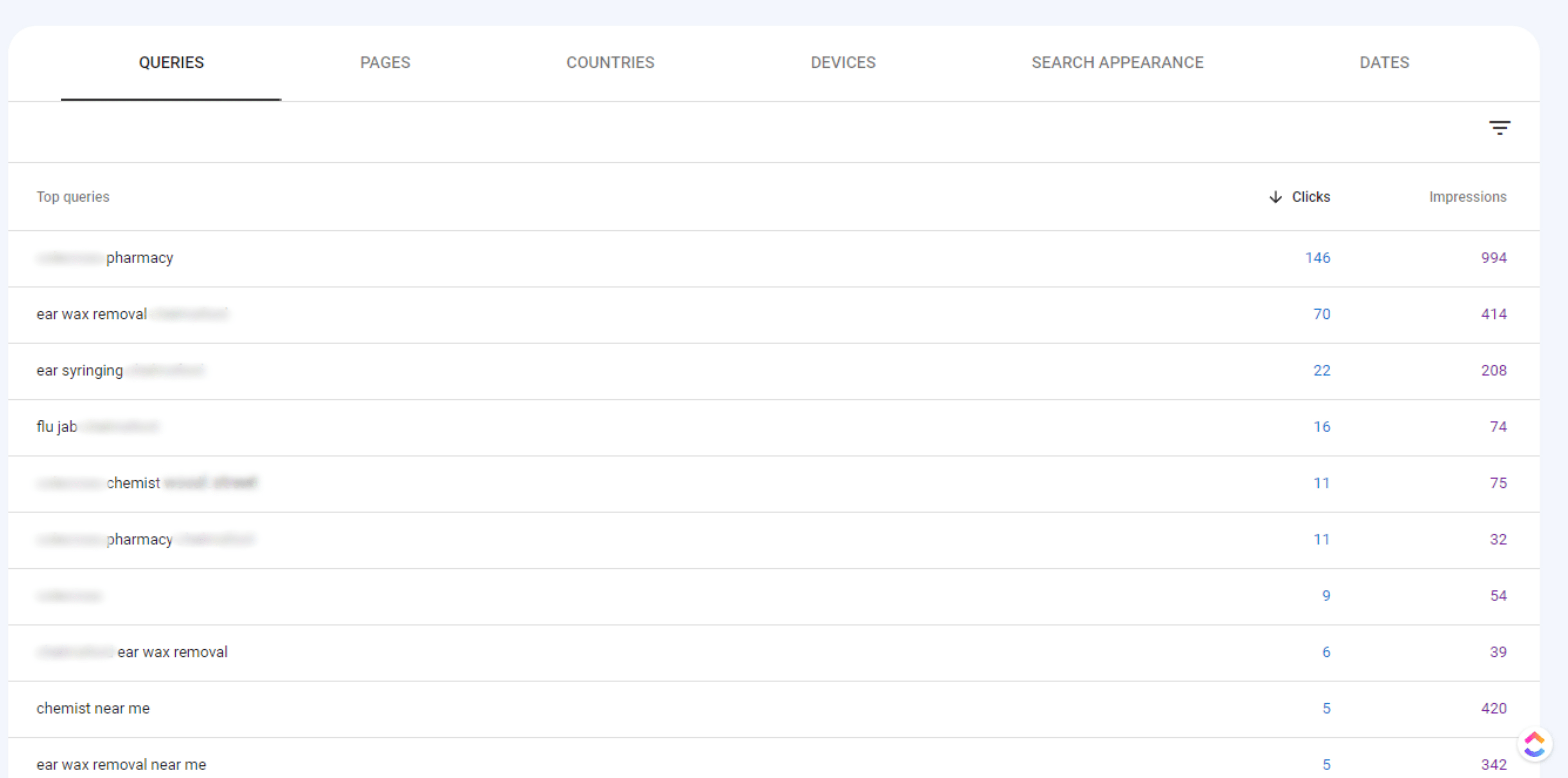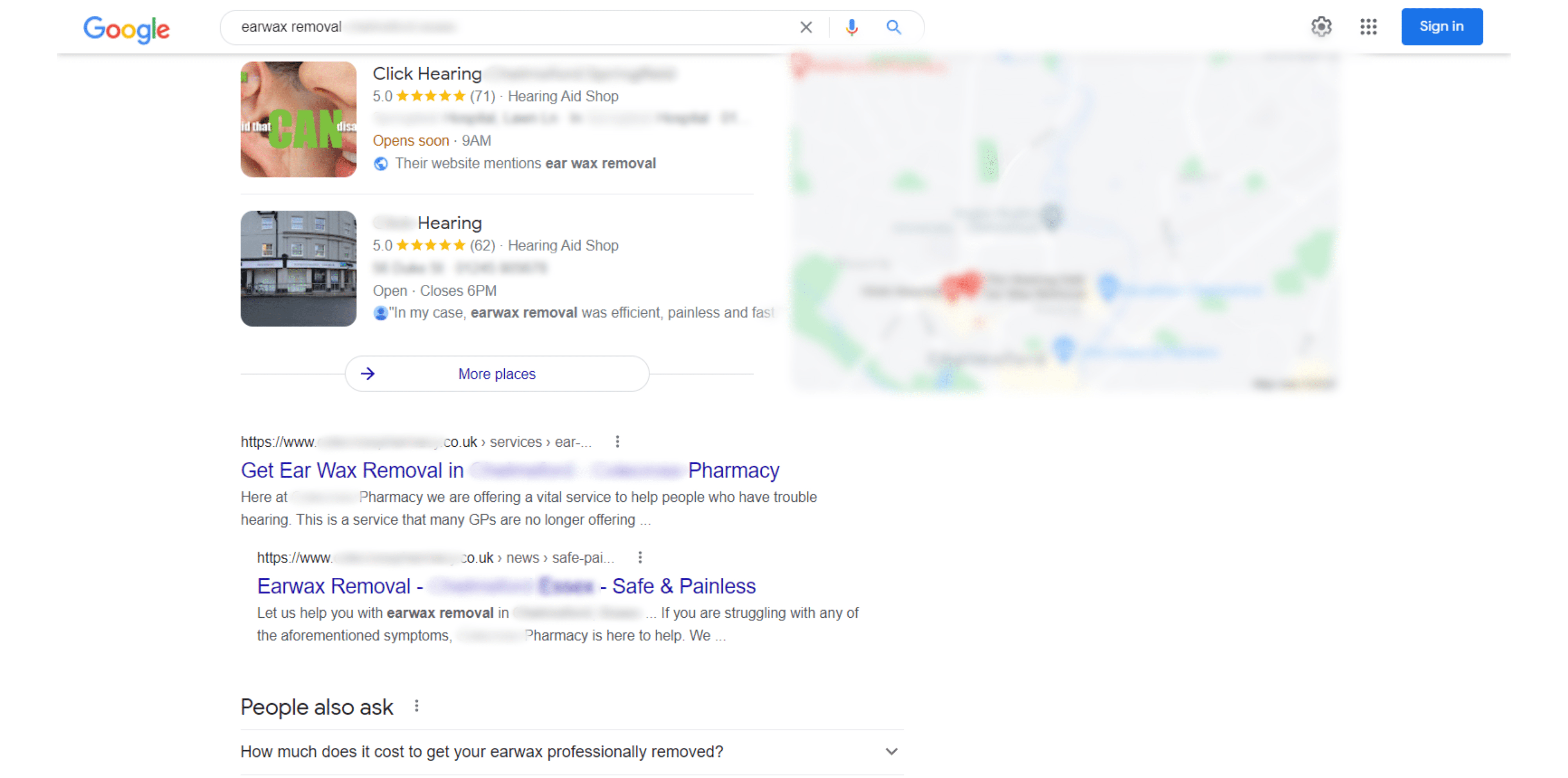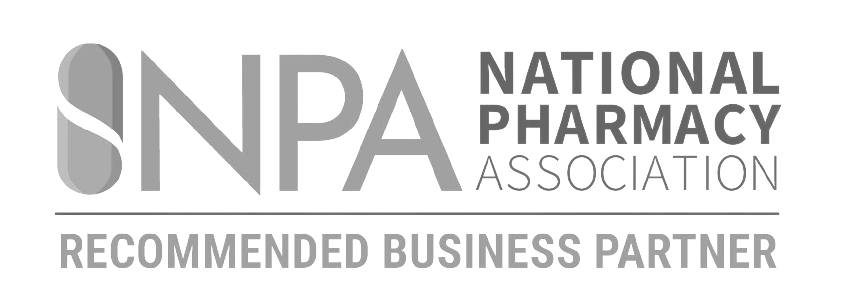How a well-planned pharmacy design can boost revenue, streamline operations, and enhance the patient journey.
An interview with Chris Jones of T3 Pharmacy Design.
Pharmacy design is a critical factor for the success of any pharmacy, but especially community (or retail) pharmacy.
The layout and aesthetics of a pharmacy not only influence its overall profitability but also play a significant role in shaping the workflow and patient experience.
In today’s challenging landscape, it’s more important than ever for pharmacies to optimise their physical space to facilitate efficient operations and ensure a comfortable and satisfactory visit for patients.
This article delves into the impact of pharmacy design on profitability, workflow, and patient experience, offering valuable insights for businesses looking to maximise their potential.
The Profitability Factor: Pharmacy Design as a Revenue Driver
The physical appearance of a pharmacy substantially impacts its profitability.
Think about your own shopping experiences. Where are the places you love to be? You’re more likely to visit them, making you far more likely to spend money there than anywhere else.
But pharmacies aren’t solely a retail space. You’re judged as a healthcare setting, too.
Especially when there’s pharmacy competition in your area, being a nicer place to be is a huge advantage.
It doesn’t only give a better experience, but gives a better overall impression of your professionalism. (Note, for those of you setting up Aesthetics Clinics, the importance of the aesthetic of your pharmacy is amplified.)
A well-designed pharmacy space allows for:
- Increased capacity – or at least, more space for the people in the pharmacy, important for distancing from potentially infectious patients.
- Better product visibility – obviously, the better the layout, the more visible your products are.
- Enhanced patient experience – an aesthetically appealing pharmacy design is pleasing to spend time in.
How does Pharmacy Design enhance Patient Experience?
We now understand that design can have a huge impact on the experience our community has in our pharmacy. But what exactly improves it? Here are some of the ways you could look at improving your existing space.
Creating a pleasant shopping environment can be as simple as:
- Comfortable seating
- Accessibility Measures
- Clear signage
- Adequate lighting
However, more improvements which elevate you from bleak to chic include:
- Clutter-free spaces
- Integrated Technology (e.g. Digital Screens)
- Having Private Consultation Rooms resemble professional medical facilities
- Branded Colour Schemes
- Outstanding Displays
The Workflow Advantage: How Pharmacy Design Impacts Operational Efficiency
Pharmacy design greatly impacts workflow efficiency. An optimised layout allows pharmacists to work seamlessly, reducing errors, saving time, and enhancing overall productivity. The opposite is like trying to organise an Olympic diving contest in a kitchen sink.
Key elements of great workflow design include:
- Dispensing areas: A well-organised dispensing area minimises errors, improves patient safety, and speeds up the dispensing process.
- Storage and inventory management: Efficient storage systems reduce stock discrepancies, minimise out-of-stock issues, and optimise space usage.
- Consultation areas: Private consultation rooms should be accessible, soundproofed, and comfortable for confidential discussions.
- Staff productivity: A well-designed layout reduces the time it takes for staff to locate and retrieve medications, leading to quicker customer service and higher prescription fulfilment rates.
- Staff wellbeing: Adjustable workstations, comfortable seating, and sufficient lighting create an environment that fosters productivity and reduces workplace injuries.
- Strategic equipment and supply placement: Logical, easily accessible locations reduce the time it takes for staff to complete tasks, allowing for quicker service.
The Patient Experience: Designing for Comfort and Confidence
Pharmacy design directly impacts patient experience, influencing their perception of the business and their likelihood of returning. A welcoming, well-organised space fosters trust, encourages repeat visits, and contributes to a positive reputation within the community.
- Signposting: Can patients navigate your pharmacy with ease? Clear signage, organised product displays, and logical layout contribute to a stress-free shopping experience, which encourages patients to explore the pharmacy’s offerings and make additional purchases.
- Privacy and confidentiality: Pharmacies must ensure that their design provides adequate privacy for patients, particularly in the consultation and dispensing areas. By incorporating private consultation rooms and separate dispensing counters, pharmacies foster a sense of trust and comfort amongst their patients.
- Accessibility and inclusivity: A well-designed pharmacy caters to the needs of all its communities, including those with disabilities or limited mobility. Incorporating features such as wide aisles, ramps, and accessible counters demonstrates a commitment to inclusivity, which has reputational benefits, as well as opening your doors to a broader range of patients.
Rethinking your Refit?
Pharmacy design is a determining factor in a pharmacy’s overall profitability, workflow efficiency, and patient experience.
Like most “expenses”, professional design is an investment. The more you put in, the more you get out. It isn’t an expense to skimp and save on.
Remaining competitive in pharmacy’s ever-evolving landscape means recognising the importance of effective design and adapting your spaces to accommodate the changing needs and preferences of your community.
By prioritising pharmacy design, pharmacy business owners optimise the pharmacy’s foundation and framework for success.


